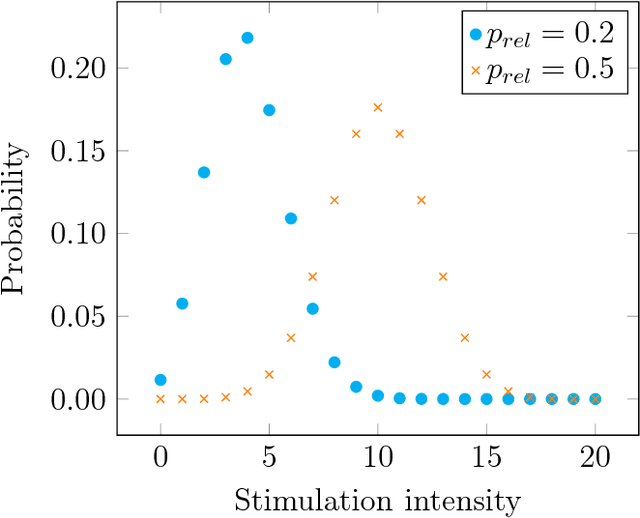Eliott Coyac
Robust Associative Memories Naturally Occuring From Recurrent Hebbian Networks Under Noise
Sep 25, 2017



Abstract:The brain is a noisy system subject to energy constraints. These facts are rarely taken into account when modelling artificial neural networks. In this paper, we are interested in demonstrating that those factors can actually lead to the appearance of robust associative memories. We first propose a simplified model of noise in the brain, taking into account synaptic noise and interference from neurons external to the network. When coarsely quantized, we show that this noise can be reduced to insertions and erasures. We take a neural network with recurrent modifiable connections, and subject it to noisy external inputs. We introduce an energy usage limitation principle in the network as well as consolidated Hebbian learning, resulting in an incremental processing of inputs. We show that the connections naturally formed correspond to state-of-the-art binary sparse associative memories.
 Add to Chrome
Add to Chrome Add to Firefox
Add to Firefox Add to Edge
Add to Edge